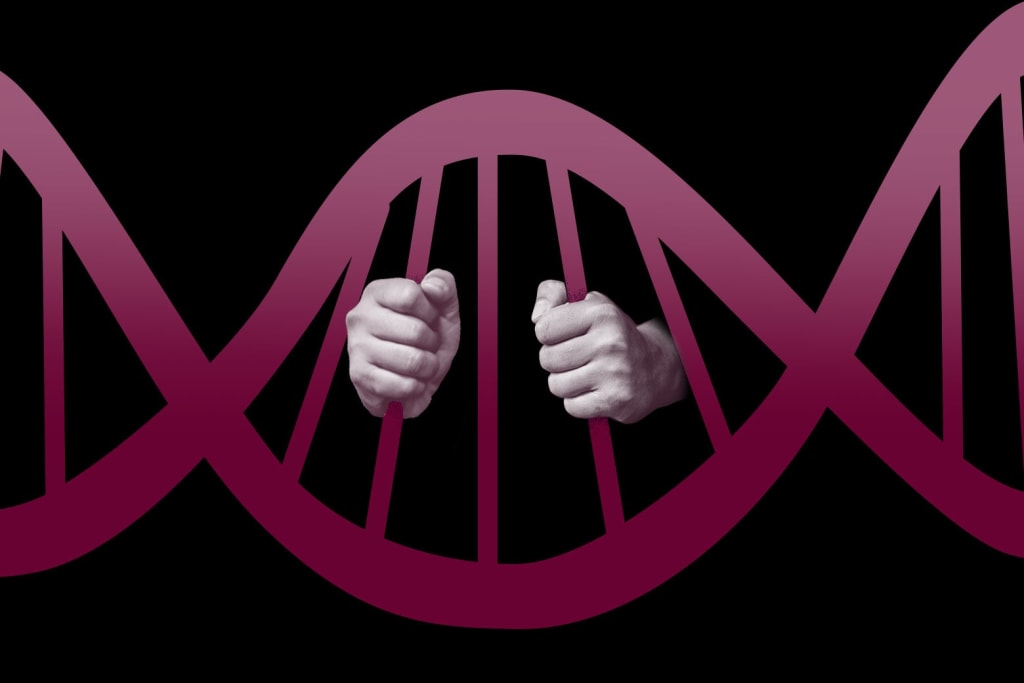Unsolved to Solved: Cold Cases Cracked Through DNA Advancements
A Look at Various Cold Cases That Found Resolution Through DNA Testing and Genetic Genealogy

In the realm of criminal investigations, advancements in DNA technology have ushered in a new era of hope and resolution. Cold cases, once a source of frustration and anguish, are now being cracked open with the help of cutting-edge DNA analysis and genetic genealogy. This essay delves into several cases that had long remained unsolved, exploring how recent progress in DNA testing has provided closure and justice to victims and their families.
The DNA Revolution
The dawn of DNA analysis in criminal investigations revolutionized the way law enforcement agencies approached unsolved cases. Deoxyribonucleic acid, or DNA, contains the unique genetic code of an individual, making it an invaluable tool for identification. With advancements in technology, DNA profiling emerged as a reliable method to identify perpetrators and link evidence to specific individuals.
DNA technology began to gain prominence in the 1980s, and since then, it has continually evolved, becoming faster, more accurate, and more versatile. Polymerase chain reaction (PCR) and short tandem repeat (STR) analysis have become standard procedures in forensic laboratories, enabling the generation of DNA profiles from minute samples. Furthermore, advancements in genetic genealogy have enabled investigators to trace family connections and identify potential suspects, providing a powerful tool in solving cold cases.
Rachel Zendos and Lisa Gandek: A Dual Tragedy
In January 1981, the quiet community of Camarillo, California, was shaken by a horrific crime. Rachel Zendos, a 20-year-old community college student and devoted mother, was found strangled and assaulted. Her tragic demise remained a mystery for years, leaving her family desperate for answers. Similarly, in December 1981, just miles away in Oxnard, another young woman, Lisa Gandek, suffered a similar fate—strangled and assaulted. These cases baffled investigators, and despite efforts, they went cold.
Years later, advancements in DNA technology offered a glimmer of hope. DNA testing in the early 2000s linked the two cases to a common suspect, Tony Garcia. However, a concrete identification proved elusive. It was only in 2019, with the emergence of genetic genealogy, that investigators managed to connect the dots conclusively. Tony Garcia was arrested in 2023, a significant breakthrough that brought closure to the grieving families and highlighted the transformative power of genetic analysis in cold cases.
Noel Russo: A Cold Case Rekindled
In June 1983, another tragic event unfolded in Sonoma County, California, when 37-year-old Noel Russo was found beaten to death. The case perplexed investigators, and despite their diligent efforts, it remained unsolved for decades. However, advances in DNA technology rekindled hope. DNA analysis in 2023 led to the identification of Alfredo Carero Jr. as the perpetrator. The breakthrough provided Noel Russo's family with the closure they had long sought, illustrating the resilience of dedicated investigators and the impact of evolving forensic technologies.
Christa Martin: A Breakthrough in Kansas
In 1989, Wichita, Kansas, was the backdrop for a harrowing crime that shook the community. Christa Martin, a 20-year-old woman, fell victim to a brutal murder. The case remained unsolved for decades, leaving her family haunted by unanswered questions. However, advancements in DNA testing brought about a breakthrough. Using updated DNA technology, investigators identified Paul Hart as the suspect, even though he had passed away in 1999. The case showcased the remarkable potential of DNA advancements in shedding light on older, seemingly unsolvable cases.
Debbie Lin Randall: A Long-Pending Resolution
In 1972, the Randall family endured a heart-wrenching tragedy when their 9-year-old daughter, Debbie Lin Randall, was abducted and brutally murdered in Cobb County, Georgia. Despite diligent investigative efforts, the case remained unresolved for decades. However, advancements in DNA testing breathed new life into the investigation. Recent years saw the narrowing down of potential suspects, ultimately leading to the conclusive identification of William B. Rose as the perpetrator. This long-awaited resolution illustrates the profound impact of persistent efforts and evolving forensic technologies.
Deltia Alvarez: Tracing the Culprit
In 2009, Houston, Texas, bore witness to a grim crime when 38-year-old Deltia Alvarez was fatally stabbed. Despite collecting DNA evidence at the crime scene, investigators faced challenges in identifying the assailant. The case remained unsolved until 2021 when a renewed effort utilizing advanced DNA technology pointed to Jorge Travina Cárdenas as the suspect. Subsequent investigations led to his charge in 2023, highlighting the transformative potential of DNA advancements in resolving cold cases.
The Role of DNA Technology
These cases collectively underscore the transformative impact of DNA technology on cold cases. Advancements in genetic genealogy and DNA analysis have empowered law enforcement agencies to revisit old cases, providing much-needed closure to the families and communities affected by these tragic events. The resilience and dedication of investigators, coupled with the ever-evolving tools available to them, exemplify the ongoing quest for justice and the profound impact of DNA technology.
DNA analysis has transitioned from an emerging field to an indispensable tool in solving crimes. The ability to extract crucial information from biological samples, no matter how small, has proven instrumental in identifying both suspects and victims. Moreover, the advent of forensic genealogy, a technique that utilizes DNA databases to identify potential familial matches, has opened new avenues for investigators to crack cases that had long remained dormant.
A Paradigm Shift in Investigations
The advent of DNA technology has altered the landscape of criminal investigations. Cold cases, once deemed insurmountable, are now being reopened with renewed vigor and the promise of resolution. The availability of DNA profiles in national databases has facilitated connections between seemingly unrelated cases and linked perpetrators to their crimes.
DNA analysis has not only provided a means to identify criminals but has also exonerated the wrongfully accused. It has emerged as a powerful tool to affirm the guilt or innocence of individuals, ensuring that justice is served accurately and fairly.
Overcoming Obstacles and Challenges
Despite the significant advancements in DNA technology, challenges persist. Access to suitable DNA samples, degraded or contaminated evidence, and legal and ethical considerations are among the hurdles investigators face. Additionally, maintaining a balance between privacy concerns and the necessity of utilizing DNA databases for investigative purposes remains an ongoing challenge.
Another critical aspect is the potential for human error in the collection, analysis, and interpretation of DNA evidence. Therefore, ongoing training, adherence to best practices, and ensuring quality control measures are essential in mitigating these challenges.
The Future of DNA in Criminal Justice
The future of DNA technology in criminal justice holds immense promise. Advancements in rapid DNA testing, artificial intelligence, and machine learning are poised to revolutionize forensic investigations further. These technologies are expected to enhance the speed and accuracy of DNA analysis, facilitating real-time results and aiding in swift decision-making during investigations.
Moreover, the integration of genetic genealogy into routine investigative processes is likely to become more prevalent. As DNA databases grow, so does the potential for identifying suspects and solving cases that have stymied investigators for years.
Conclusion
The impact of DNA technology on solving cold cases cannot be overstated. From its humble beginnings to its present-day capabilities, DNA analysis has transformed the criminal justice landscape. Cold cases that were once deemed unsolvable now hold promise for resolution, bringing closure to the families of victims and allowing communities to heal.





Comments (1)
That was a wonderful piece of writing.